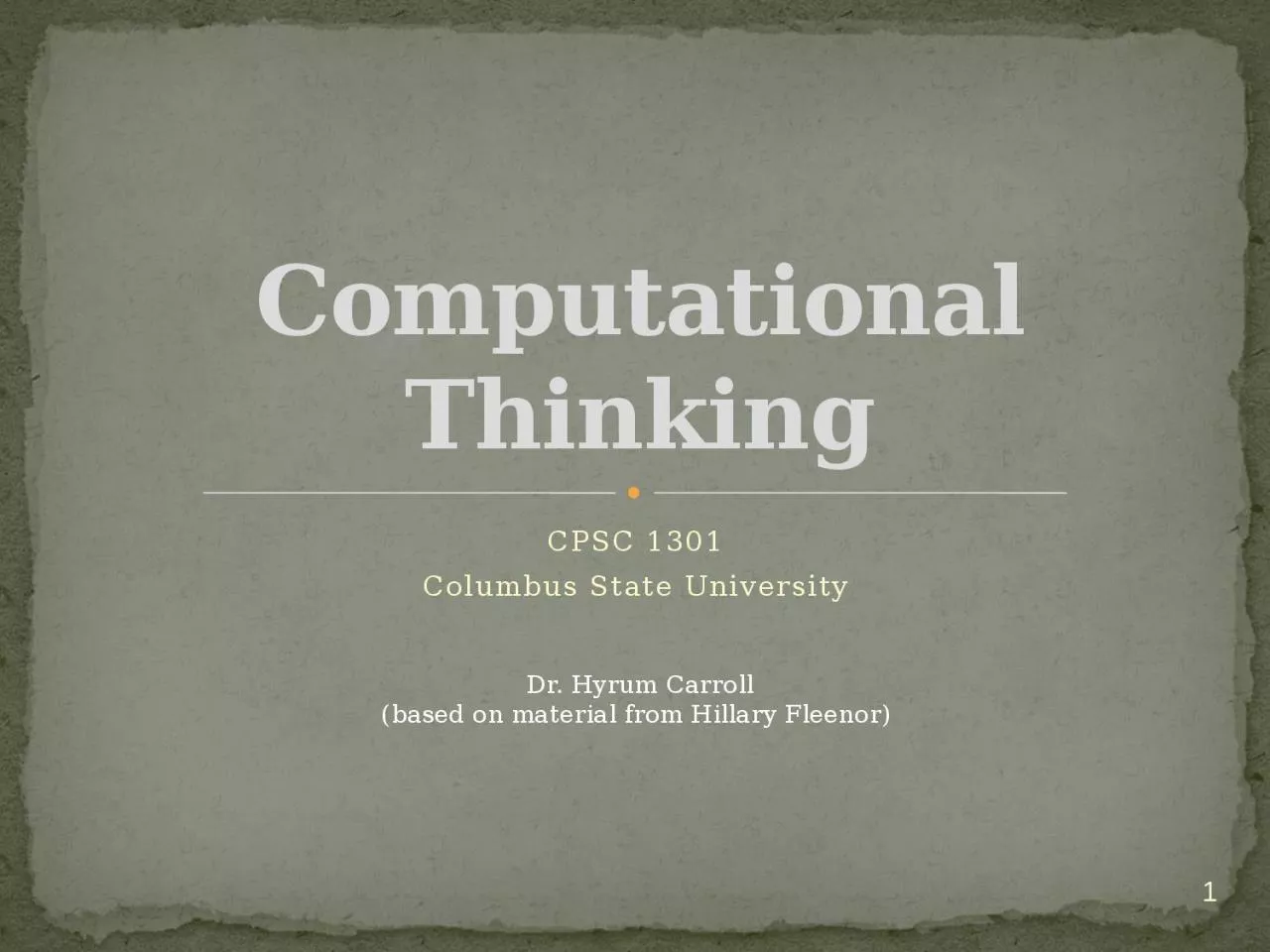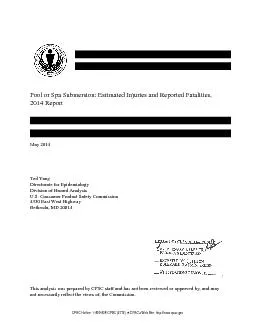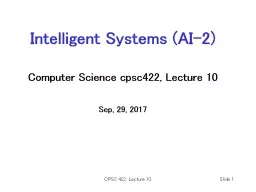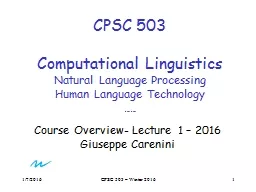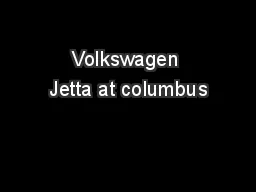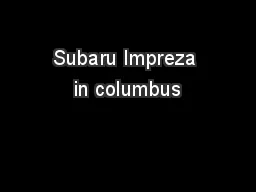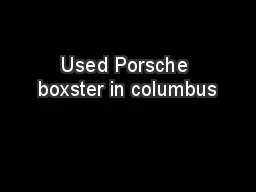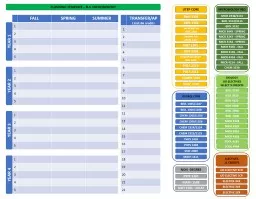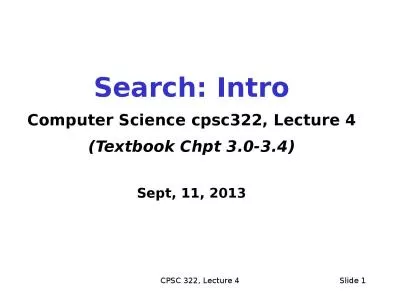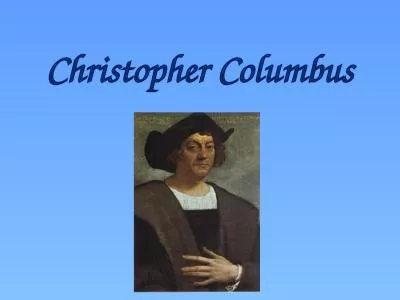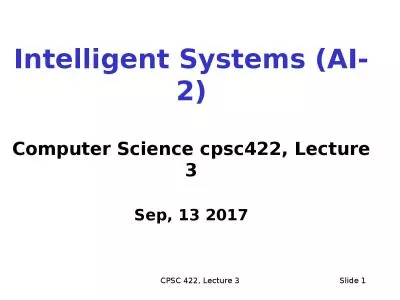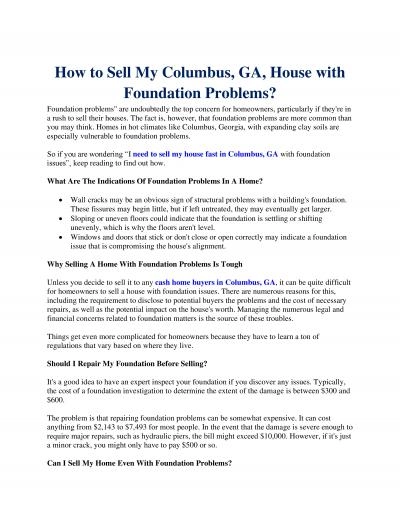PPT-CPSC 1301 Columbus State University
Author : adia | Published Date : 2024-02-03
Computational Thinking 1 Dr Hyrum Carroll based on material from Hillary Fleenor Time 2 Computer science deals with solving problems using computing Researchers
Presentation Embed Code
Download Presentation
Download Presentation The PPT/PDF document "CPSC 1301 Columbus State University" is the property of its rightful owner. Permission is granted to download and print the materials on this website for personal, non-commercial use only, and to display it on your personal computer provided you do not modify the materials and that you retain all copyright notices contained in the materials. By downloading content from our website, you accept the terms of this agreement.
CPSC 1301 Columbus State University: Transcript
Download Rules Of Document
"CPSC 1301 Columbus State University"The content belongs to its owner. You may download and print it for personal use, without modification, and keep all copyright notices. By downloading, you agree to these terms.
Related Documents

